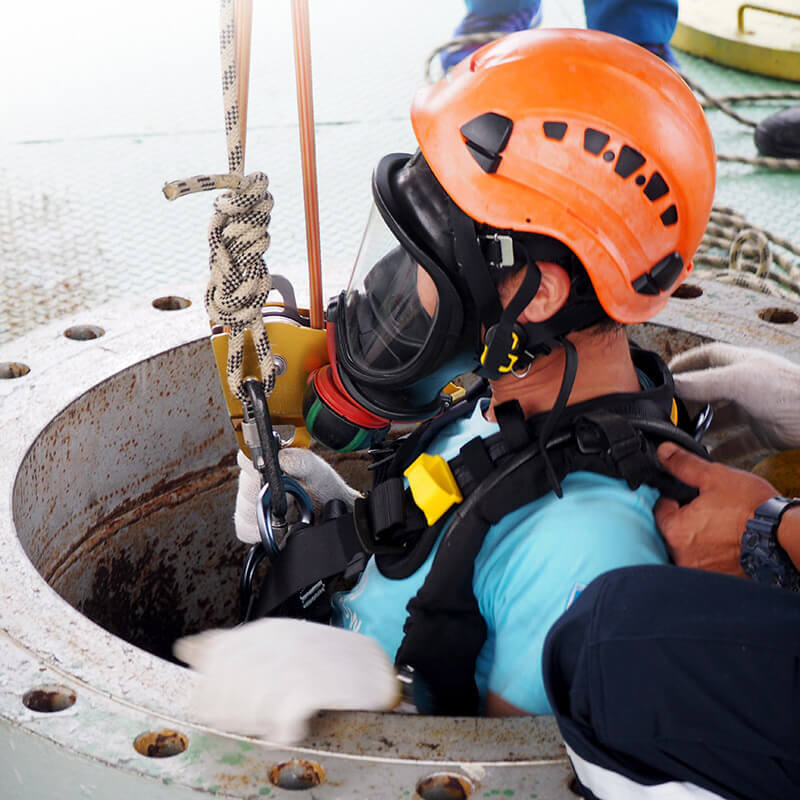Product Description
3/8" Skidder Choker – Light Duty Steel Cable Choker for Slider Systems
Our 3/8" Skidder Choker is purpose-built for use in slider systems, where multiple chokers are attached to a mainline (or drumline) via sliding hooks. Unlike our Cat Chokers, which feature an eye on one end, this Light Duty skidder version has a nub on each end, making it the right choice for commercial or professional skidding setups using tractors, skidders, or winch trucks equipped with a bell-style slider system.
Each choker is made from 6x19 class IWRC EIPS wire rope and finished with swaged end fittings for strength and durability. It comes equipped with a Micro Midget-size choker hook as part of the bell and nub system, allowing the log to be cinched securely once the choker is wrapped around it.
Key Features:
- End Fittings: Swaged nub on both ends for slider system compatibility
- Choker Hook: Outfitted with a Micro Midget-size hook for efficient, secure log choking
- Light Duty Rating: Ideal for smaller logs and lighter skidding work
- Slider System Compatible: Designed specifically for drumline setups with sliding bell-style hooks
- Built In-House: Fabricated by our experienced logging rigging crew
- NOT for Direct Hook-Up: Not suitable for tractors, tow balls, or shackles—see our Cat Choker instead
Specifications:
- Diameter: 3/8"
- Wire Rope Type: 6x19 Class IWRC EIPS
- Standard Lengths: 6 ft, 8 ft, 10 ft, 12 ft, 15 ft, and 20 ft
- Custom Lengths: Available on request
Purpose-Built for Slider Systems in Professional Logging
Designed for use with traditional drumline and bell-style sliders, our 3/8" Skidder Choker offers a reliable, lightweight solution for small-log skidding tasks. With a Micro Midget-size choker hook and double-nub configuration, it’s a perfect match for professional forestry crews already running a slider system—just make sure this is the style you need before ordering.
Specifications
Safety Notice
Although Bishop Lifting strives to manufacture and sell the highest quality rigging and safety gear, use of the gear is dangerous if not used correctly by competent trained professionals. Bishop Lifting disclaims any liability resulting from the misuse of its rigging and safety gear. Please take a moment to more thoroughly review our disclaimer.
Bishop Lifting rigging and safety gear is only intended to be used by competent trained professionals. Misuse of the rigging and safety gear can result in serious injury up to and including loss of life. As such, Bishop Lifting disclaims liability for any misuse or incorrect product selection by our customers.
Rigging and safety gear purchased from Bishop Lifting should be used in strict accordance with all industry and OSHA standards. At no time should rigging or safety gear be used beyond its certified load ratings (aka Working Load Limits). Normal wear and tear should be expected with use of rigging and safety gear; therefore, all gear should be thoroughly inspected before each and every use. Worn or unsafe rigging and safety gear should never be used.










